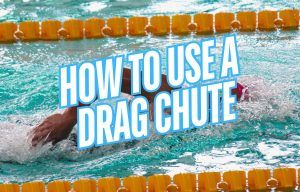
How to Use a Drag Chute for Faster Swimming
Looking for tips on how to use a drag chute for improved swim performances? Read on for some proven tips, sets, and pointers for training with a chute.

Looking to up your pacing skills in the pool? Here are some actionable pacing tips and tools to help you master pace and your performance on race day.
Improving swim performance and getting faster tends to revolve around the big, flashy stuff…
Explosive starts, insanely smooth underwaters, monster kicks generating a white-water waterfall behind you, golden finishes and breaking personal best times over your knee.
But you know what isn’t as shiny and flashy as a new set of swim goggles?
Pacing.
It’s one of the more underrated skills in the pool.
And maybe unsurprisingly, a 2019 meta-analysis (Menting et al., 2019) showed that elite swimmers consistently pace their races more, well, consistently compared to developing and non-elite swimmers.
They get out fast, hit a mid-race rhythm, and close like a champ.
And unlike less experienced swimmers, there is less variability across races, and they manage energy to avoid mid-race crashes.
Here is a look at some pro pacing strategies and tools swimmers can use in training to get better managing and executing pace on race day.
The best way to learn what feels like too fast or too measured is by experiencing the full spectrum of paces.
Sets and workouts for learning proper pacing in the water encourage swimmers to hit target times under a variety of conditions so that the feeling of a certain pace becomes second nature.
For example, my favorite “learn to pace” set is pairing a target pace (1:10 per 100m, for example), with increasing volume, testing our ability to maintain that pace under more challenging circumstances.
Here is what an example set would look like:
This type of set can be configured in an almost endless number of ways, but play around at the edges of where you are just starting to fall off to get a sense of what failing pace (within grasp of making it) feels like.
Practice is for experimenting with different pacing strategies, so get after it in training so that you can instantly read how your body is feeling in competition.
When planning your next race, assign each part of the race different cues to keep you focused on performance and pace.
For example, for a 200m freestyle, you’d do something like this:
Crafting performance cues and a cognitive race plan isn’t just a race day tool—it’s a mental skill you can use in training, too. Check out Conquer the Pool: The Swimmer’s Ultimate Guide to a High Performance Mindset—a mental training workbook packed with exercises, strategies, and tools to help you stay focused, stick to your pacing plan, and swim with confidence when it matters most.
Performance cues, also sometimes known as cognitive race plans, help you match effort with each phase of the race so that you can execute the race you want instead of just flaming out or holding back until it’s too late and the competition has swum on by.
Looking at past performances can be very helpful in terms of giving actionable intel on what pacing strategies work best for you.
There are several different pacing personalities—the swimmer who goes out at Mach 5 and desperately holds on, the swimmer who deliberately holds back on the first half of the 50 to avoid spinning their wheels—and understanding which pacing strategy works best for you starts with your own performance history.
Look back at your best swims. Compare them with your under-performance swims. Get a sense of how you swim the race best, and you can start attacking relevant paces and your own strategy in training and competition.
Swimmers often race according to feel, in the sense that if they feel energetic and fired up, they will attack the race from the front. If lethargic, they will slowly ease into the race, hoping to find energy later on.
Elite swimmers, on the other hand, have race pace targets firmly in mind. They know how fast they are going to go at each stage of the race, because they’ve done those paces thousands of times in training.
They can tell to a fraction of a second if they are on or off pace without having to look at the clock because they were intentional about mastering the speed, energy management, and specific technical demands at each intensity.
To figure out race pace for your goal events, check out our custom Race Pace Calculator that uses the pacing strategies of the best swimmers on the planet to help you build a pacing strategy specific to your goal times.
The calculator removes the guesswork so that you have exact pacing times and targets to chase at practice, helping you learn how to properly pace.
Swimming fast is just as much about managing energy and learning your different gears and paces as it is testing the top-end limits of velocity.
Pacing might not be the flashiest skill, but it’s one of the most powerful. Nail your pace, and you’ll swim smarter, finish stronger, and race with more control.
Start small, stay consistent, and trust the process—your future fast swims will thank you.
Happy pacing, and happy swimming!

Olivier Poirier-Leroy Olivier Poirier-Leroy is the founder of YourSwimLog.com. He is an author, former national level swimmer, two-time Olympic Trials qualifier, and swim coach.
✅ Free shipping on Orders over $49
✅ Price Match Guarantee
✅ Best selection of gear for training and competition
✅ Fast and Easy Returns

“This is the best book I have ever seen concerning mental training.” — Ray Benecki, Head Coach, The FISH Swim Team


Looking for tips on how to use a drag chute for improved swim performances? Read on for some proven tips, sets, and pointers for training with a chute.
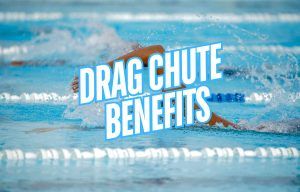
Ready to take your swimming to the next level? Here are seven ways that a drag chute can help you become a better and faster swimmer.
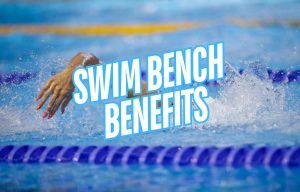
Wondering if a swim bench can help improve your swimming? Here are six benefits of swim benches for better technique, more power, and faster swimming.
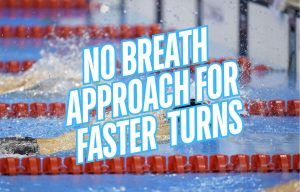
Not breathing into the walls is one of the fundamental skills developing swimmers are taught. Here is how powerful a no-breath approach is for turn and swim speed. Strong training habits are something swimmers hear a lot about from their earliest days of their competitive swimming careers. The greatest hits
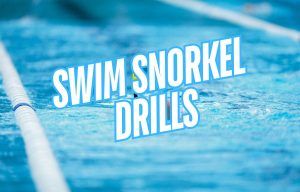
Drills with a swim snorkel are one of the best ways to maximize engagement and skill development. Here are five swim snorkel drills to try for faster swimming.
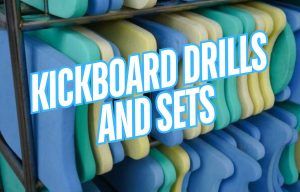
Looking to add some flavor to your kick sets and workouts? Here are some kickboard drills swimmers can use for faster swimming.
SITE
SHOP
GUIDES

LANE 6 PUBLISHING LLC © 2012-2025
Join 33,000+ swimmers and swim coaches learning what it takes to swim faster.
Technique tips, training research, mental training skills, and lessons and advice from the best swimmers and coaches on the planet.
No Spam, Ever. Unsubscribe anytime.
